Breed Type: Toy
Country of Origin: Malta
Popular Names: Cokie, Maltese, Maltese Lion Dog                                               Â
Size: Small
Height: (At the withers) Males 20 – 25 cm, Females 20 – 23 cm
Weight: Males 1.3 – 3.1 kg, Females 1- 3.1 kg
Best suited as: Pet or show dog with a committed owner or family
Lifespan: 12-15 years
Popularity: A 2004 Australian study showed that this breed was most likely to be dumped.
Intro
Maltese have been favoured lapdogs for over 5000 years.
Appearance
These dogs are tiny and square, with a long, white silky single-layer coat. Their hair should be straight and fine, and hang to the floor. They have pendant ears that are covered in hair, and hair-covered tails that are carried high to drape over the back. They have dark eyes with black rims. They have black button noses that may fade or turn pink or brown in the winter.
They must be white, although lemon or tan colour on the ears is permissible. Because they have no undercoat, they shed very little and are considered one of the “hypo-allergenic†dogs. The hair should drape over each side of the dog with a middle part down the back of the dog from nose to tail. When these dogs walk, they appear to float over the ground.
Some owners put the hair from the top of the head into a topknot with a barrette or other accessory to keep the hair out of its eyes. Other owners choose to keep their dog’s hair in a puppy cut.
 History
The exact origins of this dog are unknown. The oldest reference to a dog of this type was found in the town of Vulci. A dog similar in appearance to a Maltese is portrayed on a Greek amphora, along with the Greek word for Melitaie (????????). This vase has been dated to around 500 BCE.
In 370 BCE, Aristotle compared the dog to a Mustelidae. They were also mentioned by Callimachus in 350 BCE. In the first century AD, Strabo indicated that the breed originated from the island of Malta and said that they were dogs favoured by noble women.
They travelled to Europe with Crusaders and migrating nomads, and quickly became favorites of the English nobility. These women carried the little dogs around in their sleeves.
From 1902 to 1913, solid colour and part-colour Maltese dogs were accepted in the show ring in England. In Australia, they were permitted these colours up until 1950.
Famous owners include Queen Elizabeth I, Josephine Bonaparte, and Mary, Queen of Scots.

Temperament
They are polite, gentle, and quiet if properly trained. They are good with respectful children, but they can snap if irritated or intimidated. They have a fearless energy and love to play, indoors and out. They seem to enjoy playing in puddles, or anything to get themselves dirty. When playtime is over, they love to cuddle and their favourite place to sit is on someone’s lap.
They are eager to please and learn tricks quickly. They do best with positive reinforcement training. Bad behaviour should be ignored. Because of their size, they should never be treated harshly, since they tend to snap and mistrust their owners after that. They have a tendency to suffer from separation anxiety so should not be left alone for long stretches of time. They can be difficult to housetrain and some breeders will offer to do it for prospective buyers. Maltese are very easy to spoil and this is when undesirable behaviours surface.
They need to be socialized from an early age, and this should continue throughout the dog’s life. They can become fear aggressive and shy if not exposed to different people, animals, and situations. If properly socialized, they get along fine with cats and other dogs, but one must ensure that rough play from bigger dogs doesn’t cause injury to the toy-sized Maltese.
They are good little watch dogs and will do their best to protect their owner if they feel there is a threat. This can make them barky; make sure to give them proper bark training from pups to avoid a problem.
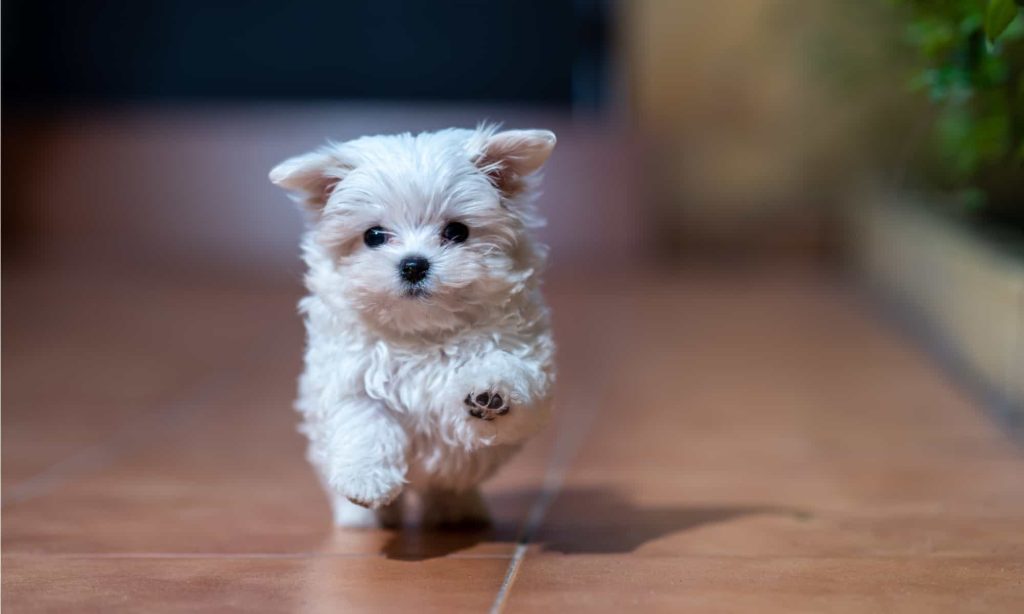
Care and Grooming
Maltese need daily grooming. This requires that dead hairs be combed and plucked out, otherwise the dog will become matted with unshed hair. Many owners choose to have the hair cut down to 2.5 to 5 cm long all over the body in what is called the puppy cut. Hair between the toes must be trimmed on a weekly basis.
If you keep your dog’s hair long, a leave-in conditioner will sometimes help keep the hair free from snarls. Dry the dog with a hand dryer set to low, and use a slicker brush in the direction of the hair growth. When the hair is dry, comb through to ensure there are no tangles. Do not forget to comb its feet.
Because of the whiteness of the coat, these dogs will often get what is called “tear staining†– where the hair around the eyes turns brown or black. A vet-approved cleaner can help reduce its appearance. Make sure to wipe food and water from its face to avoid face stains. Special shampoo can help keep the dog’s coat white.
Sometimes the hair in the dog’s ears needs to be removed. When neglected, this can trap dirt, debris, and ear wax in the dog’s ears and cause infections. Otherwise, their ears should be inspected and cleaned once a week. They need their teeth brushed once a week, and their toenails trimmed once a month as needed.
They are little dogs and don’t have a high exercise requirement, but they do need at least one walk daily. They love to romp and play, and enjoy frolicking in fence-in yards. They can make good jogging companions once they reach eight months of age.
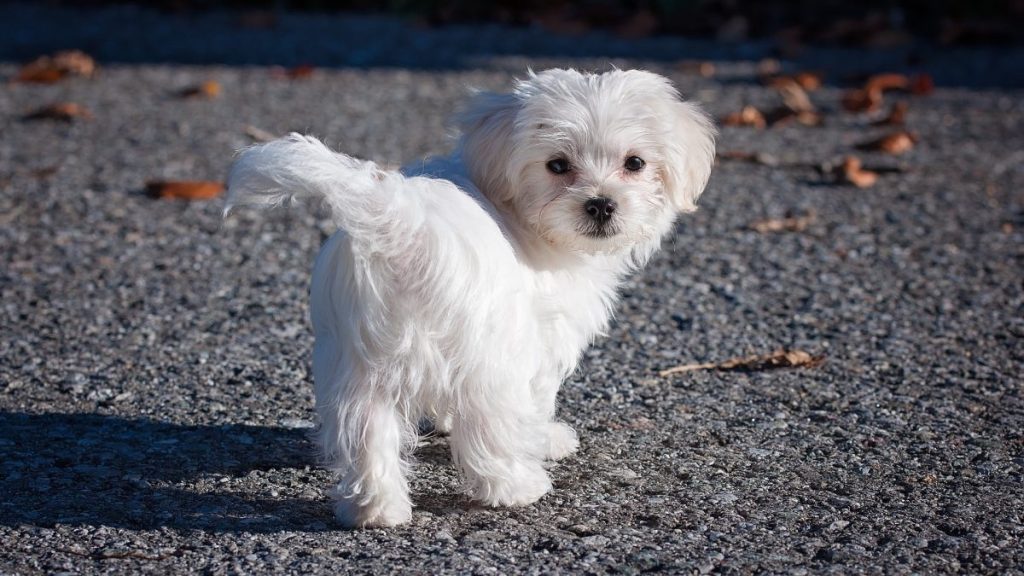
Health
Similar to other ancient breeds, the Maltese does not have many health problems. Some health concerns that might affect them include low thyroid, liver problems, hypoglycemia, patellar luxation, problems with anesthetics, entropion, hydrocephalus, open fontanel, distichiasis, deafness, white shaker dog syndrome, and slipped stifle. Choose a dog from a reputable breeder to avoid health problems.
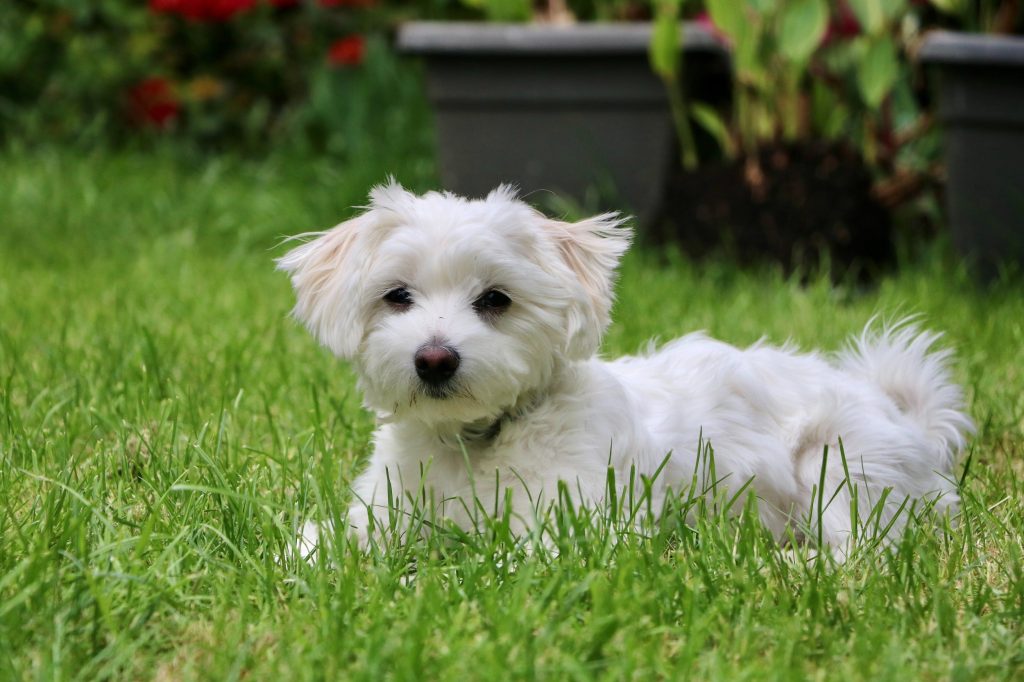
Suitability As A Pet
These dogs do best when one or all owners are home most or all of the time. They love nothing more than to be with their owners 24 hours a day. They are not the perfect choice for people with young children, because they will snap to protect themselves from harsh treatment. They do fine with older, gentle children.
They do fine in apartments as long as they get a daily walk and time to run. They are suitable for novice dog .
Maltese Terrier Organisations in Australia
Maltese Club of Victoria Inc
Maltese Terrier Organisations in the UK
Find a Maltese Dog Rescue
Maltese Terrier Organisations in the US
Find a Maltese Dog Rescue
The Irish Kennel Club – Club/Society Contacts
Did we miss your organisation? Let us know. Contact Us
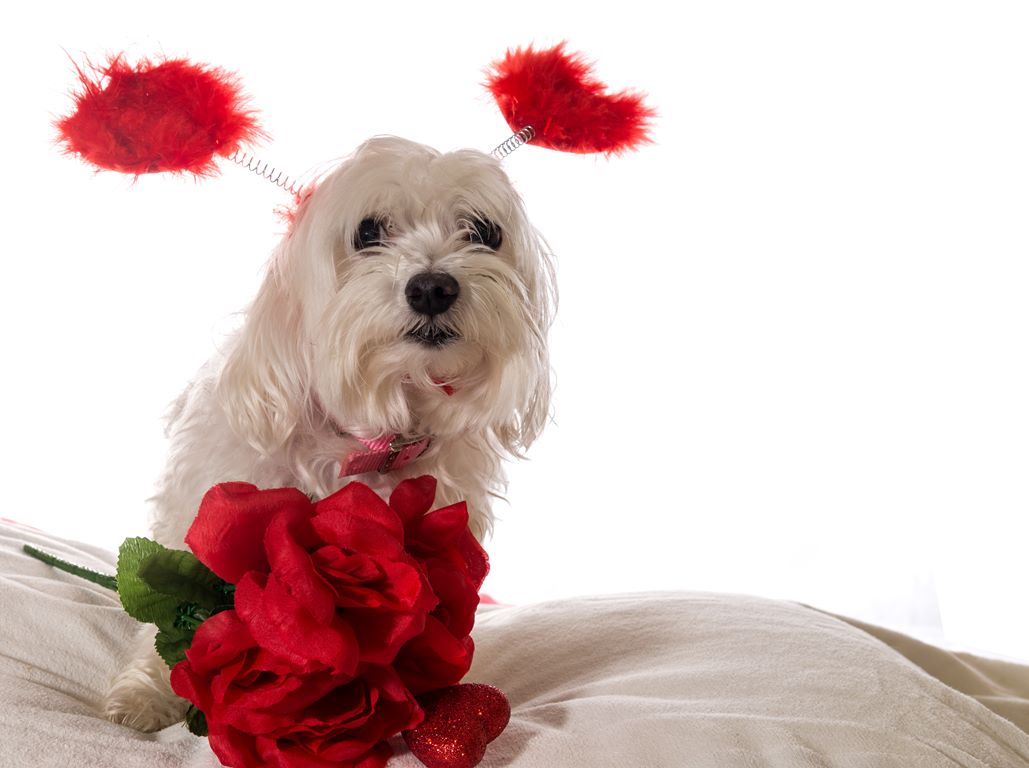
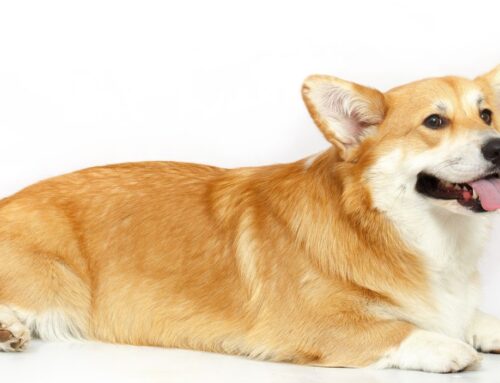

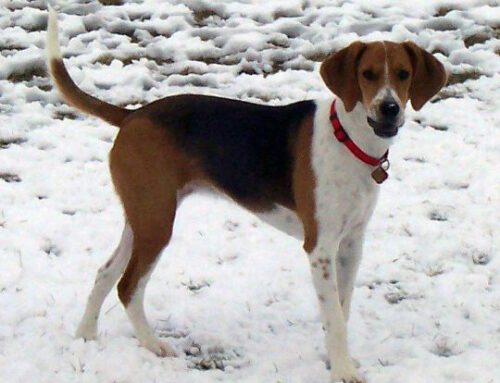
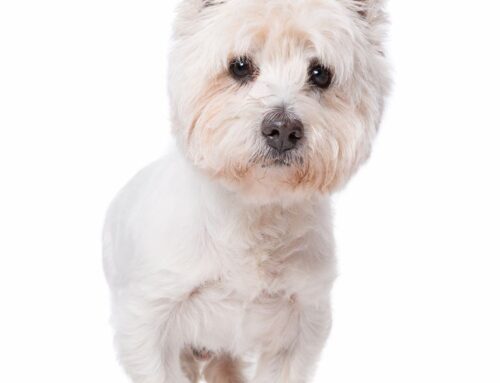

Leave A Comment